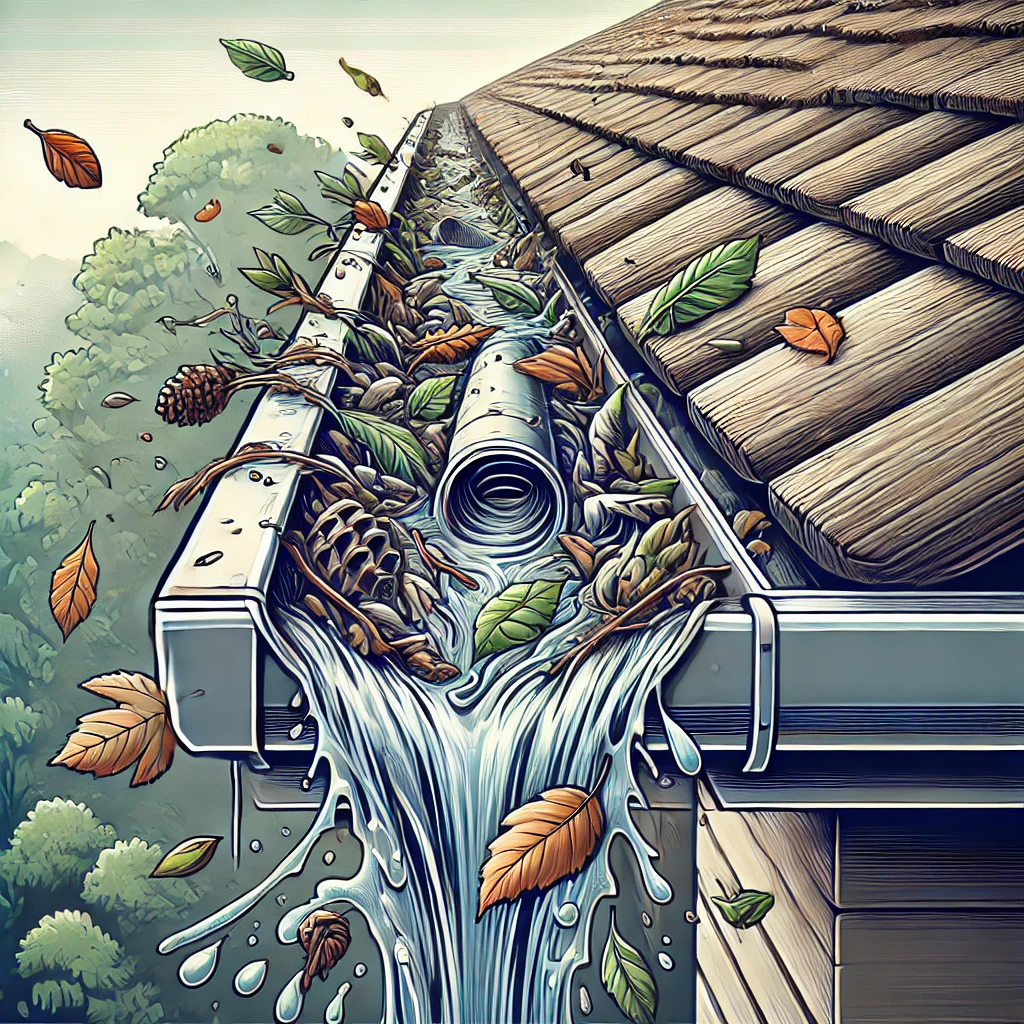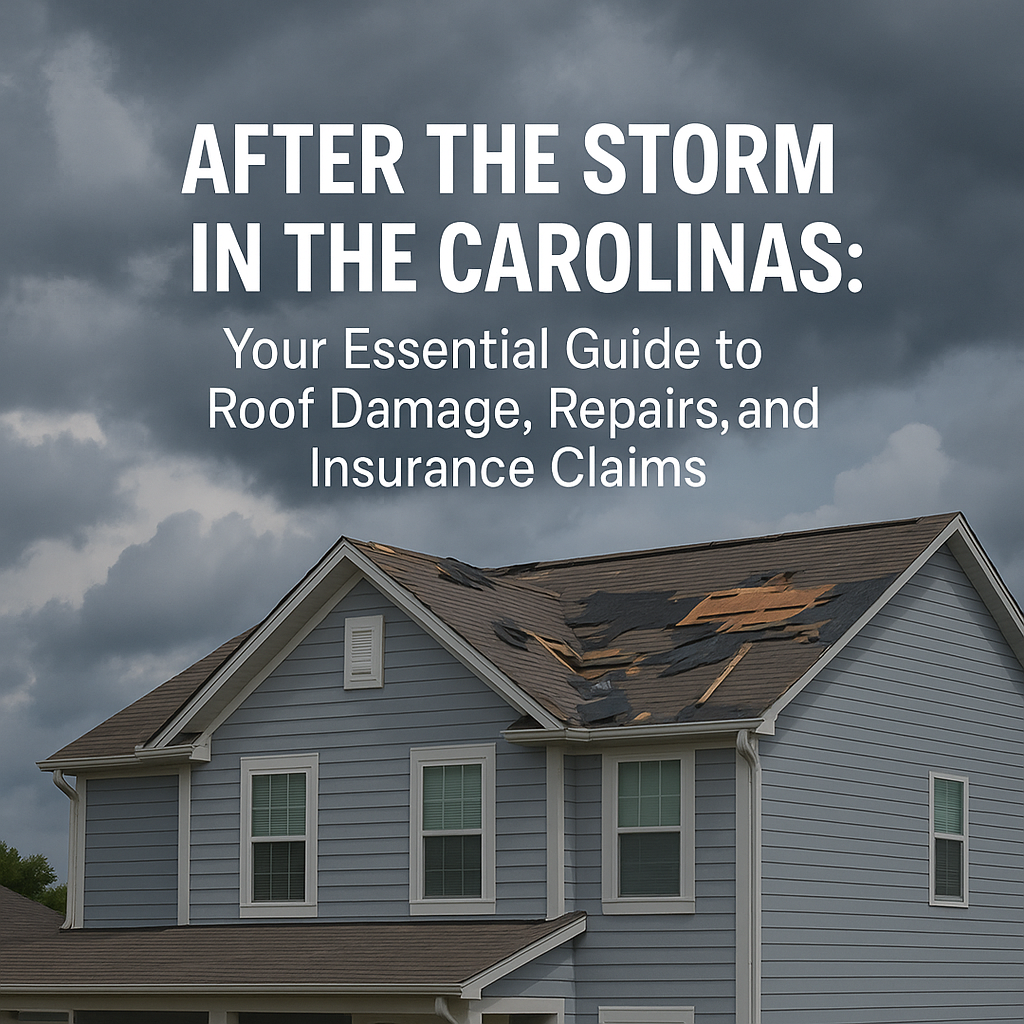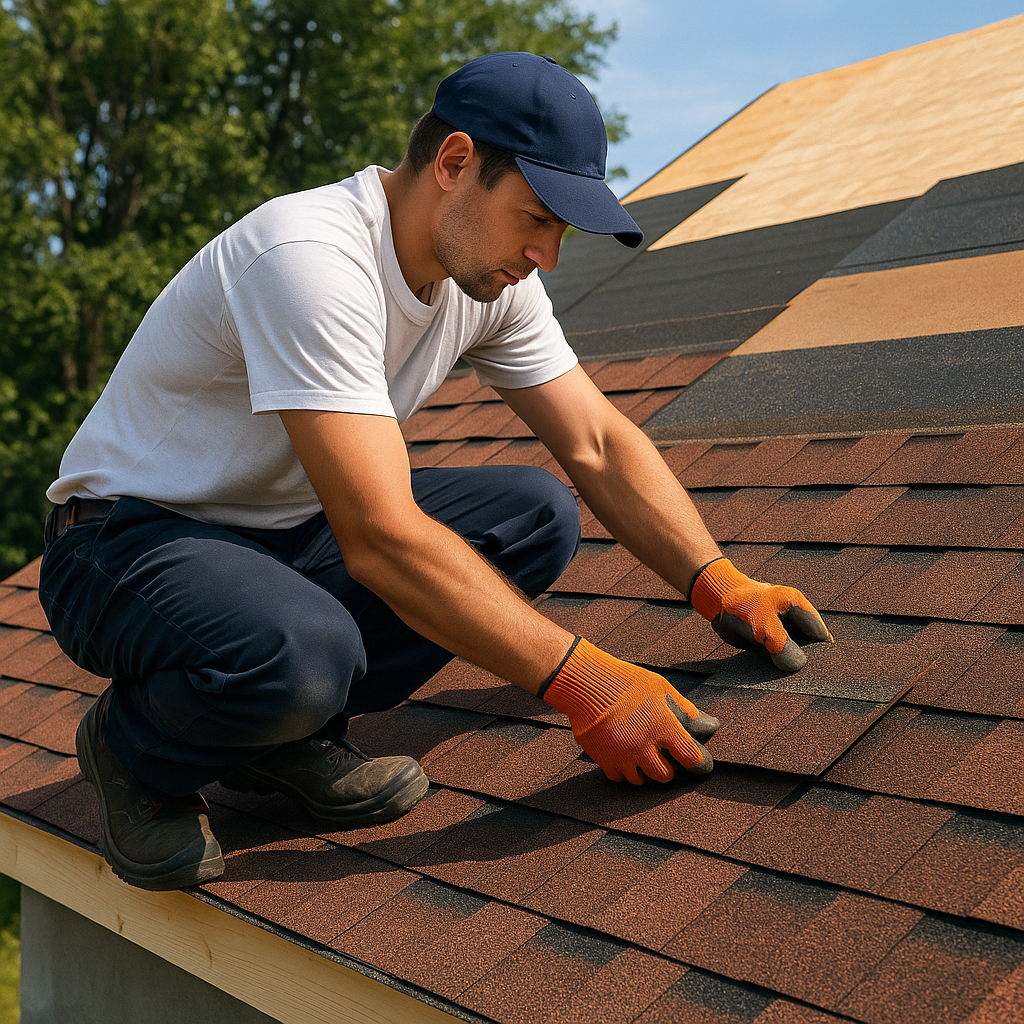Your roof is one of the most critical components of your home, providing protection against the elements while maintaining structural integrity. Without proper care, minor issues can escalate into significant problems. Below, we offer actionable tips to help homeowners maintain their roofs and extend their lifespan.
In this guide, we’ll cover essential roof maintenance tips that every homeowner should know. From understanding how to care for your roofing materials to identifying when repairs are necessary, these insights will help you keep your roof in top condition. Whether you’re dealing with minor leaks, cleaning debris, or assessing the impact of aging materials, regular upkeep is the key to avoiding unnecessary stress and expenses.
How to Keep Roofing Materials in Good Condition
The Importance of Regular Gutter Cleaning

Clogged gutters can wreak havoc on your roof by allowing water to pool, leading to leaks and rot. Regular gutter cleaning prevents debris buildup and ensures proper water drainage, keeping your roof dry and safe from water damage.
Limit Moss & Algae Growth

Moss and algae not only mar the aesthetic appeal of your roof but also retain moisture, which can weaken the shingles. Applying a moss-resistant treatment or installing zinc strips can help limit growth.
Dangers of Debris and Low-Hanging Branches
Debris, such as leaves and branches, can trap moisture, leading to mold and rot. Additionally, low-hanging branches can scrape and damage shingles during storms. Trim back overhanging branches to protect your roof from unnecessary wear and tear.
Critical Role of Proper Ventilation in Roof Maintenance
Adequate ventilation prevents moisture buildup in your attic, which can cause wood rot and mold. It also helps regulate your home’s temperature, extending the life of your roofing materials. Make sure your roof vents are clear and functioning properly.
When to Repair Roofing?
The Age of the Roof
Roof lifespan varies by material. Asphalt shingles typically last 10–15 years, while slate can endure for a century. If your roof is relatively new, repairing localized damage may be sufficient.
How Extensive Is the Damage?
Assessing the extent of damage is crucial. If only a few shingles are missing or there’s minor water intrusion, a repair might suffice. However, widespread damage or structural issues may warrant a full replacement.
The Type of Roof
Certain materials are easier to repair than others. Slate and tile roofs often allow for individual tile replacement, making repairs less intrusive. However, for older or less energy-efficient roofs, replacement might be more cost-effective in the long run.
Why Roofing Leaks Happen
Seams
Seams, where different roofing materials meet, are often vulnerable to leaks. Over time, improper sealing or wear can cause water infiltration.
Neglect
Routine inspections are essential. Ignoring minor issues like cracked caulking or deteriorating pitch pans can lead to significant leaks.
Rooftop Equipment
HVAC units, exhaust fans, and other rooftop equipment often cause punctures or leaks. Regular inspections around these areas can prevent water from seeping into your roof.
Weather
Extreme weather conditions like hurricanes, ice storms, or tornadoes can cause immediate and severe damage. Even regular exposure to rain and snow can lead to issues like ponding water, which weakens the roof over time.
Can Roofing Repair Be Done in the Rain?
Roof repairs in rainy conditions are tricky and should generally be avoided. While minor, urgent repairs can be performed in light rain, exposing your roof’s interior during a major repair risks water damage. Always prioritize safety and proper sealing during adverse weather.
How to Remove Roofing Stains
Roof stains caused by moss, algae, or debris can detract from your home’s curb appeal. Commercial roof-cleaning solutions available at stores like Lowe’s or Home Depot are highly effective. Alternatively, a homemade mix of half water and half bleach can be gently applied to stained areas.
For more cleaning methods, explore Angi’s guide for various approaches.
Why Roofs Need Regular Maintenance
Prevents Water Damage
Unchecked roof damage is a gateway to interior leaks, leading to costly repairs. Routine maintenance helps catch small issues like cracks in pipe boots or clogged vents before they escalate.
Extends Roof Life
A well-maintained roof lasts longer, delaying the need for expensive replacements. Simple tasks like debris removal, animal intrusion checks, and ventilation maintenance ensure your roof remains in peak condition for years.
By following these tips, homeowners can protect their investment, ensuring their roof remains a sturdy, reliable shield against the elements.
Ultimate Roofing Maintenance Checklist
A well-maintained roof can save you thousands in repairs and extend the lifespan of your home. Here’s a comprehensive roofing maintenance checklist to keep your roof in top condition year-round:
1. Seasonal Inspections
Spring & Fall are ideal for spotting seasonal damage.
- Look for loose or missing shingles
- Inspect flashing around chimneys, vents, and skylights
- Check for moss, algae, or mildew growth
- Examine gutters and downspouts for clogs or debris
2. Gutter & Downspout Maintenance
- Clear debris from gutters regularly
- Ensure downspouts are directing water away from the foundation
- Check for sagging or damaged gutters
3. Attic Inspection
- Look for signs of water damage (stains or wet insulation)
- Check for light leaks through the roof
- Ensure proper ventilation to avoid moisture buildup
4. Shingle Health Check
- Examine shingles for curling, cracks, or blisters
- Replace any damaged or missing shingles immediately
- Check granule loss in gutters (could indicate aging shingles)
5. Flashing & Sealant
- Inspect and reseal flashing as necessary
- Look for cracked or worn sealant around roof penetrations
6. Chimney & Skylight
- Check chimney for cracks or loose bricks
- Inspect skylights for leaks or damaged seals
7. Tree Trimming
- Trim overhanging branches to prevent debris and damage
- Ensure no branches are rubbing against the roof
8. Preventative Measures
- Apply roof coatings or treatments if necessary for weatherproofing
- Install a roof vent to reduce heat and moisture buildup
- Consider using snow guards in colder climates
9. Emergency Kit Ready
- Keep a roof repair emergency kit with tarps, roofing nails, and sealant for quick fixes in case of sudden leaks.
10. Professional Inspection
- Schedule a professional roof inspection at least once a year for a thorough assessment.


